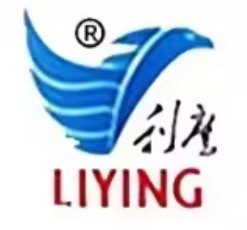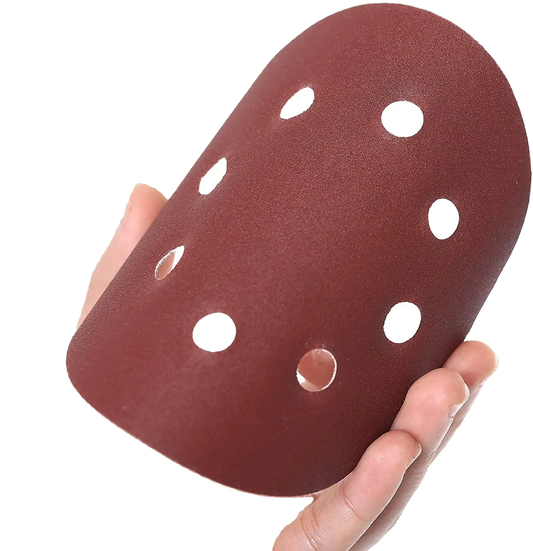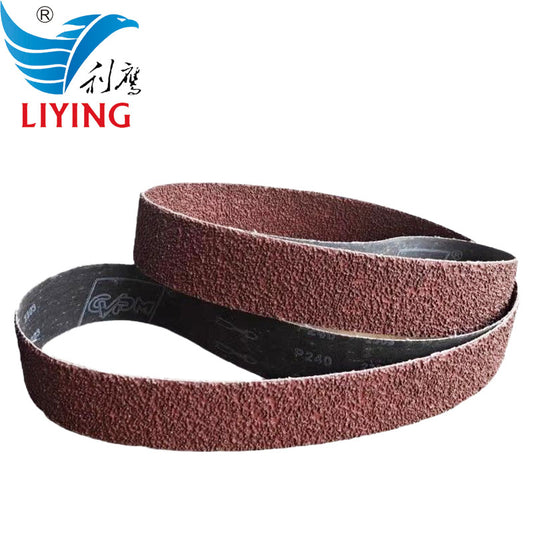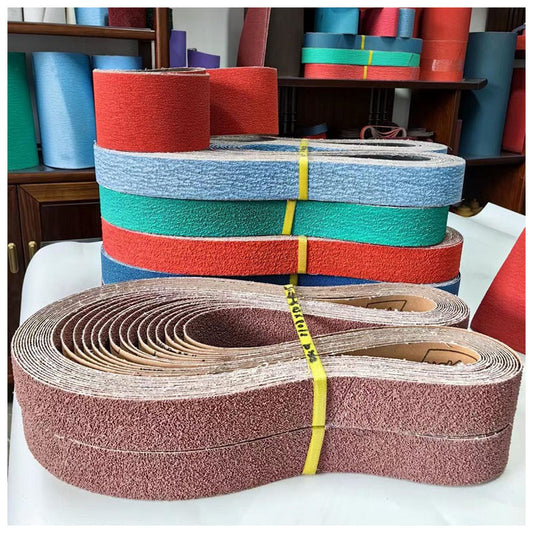-
7 Inch Red Hook and Loop Aluminium Sanding Discs
Regular price $0.00 USDRegular priceUnit price per -
5 Inch Red Hook and Loop Aluminium Sanding Discs
Regular price $0.00 USDRegular priceUnit price per -
4 Inch Red Hook and Loop Aluminium Sanding Discs
Regular price $0.00 USDRegular priceUnit price per -
6 Inch Red Hook and Loop Aluminium Sanding Discs
Regular price $0.00 USDRegular priceUnit price per -
Wear-resistant Ceramic Abrasive Belts|Reduce Production Costs
Regular price $0.00 USDRegular priceUnit price per -
High-Precision Sandpaper Sheet For Fine Grinding And Polishing
Regular price $0.00 USDRegular priceUnit price per -
3 X 132 Inch Aluminum Oxide Sanding Belts For Metal
Regular price $0.00 USDRegular priceUnit price per
Types Of Abrasive Products For Knifemaking
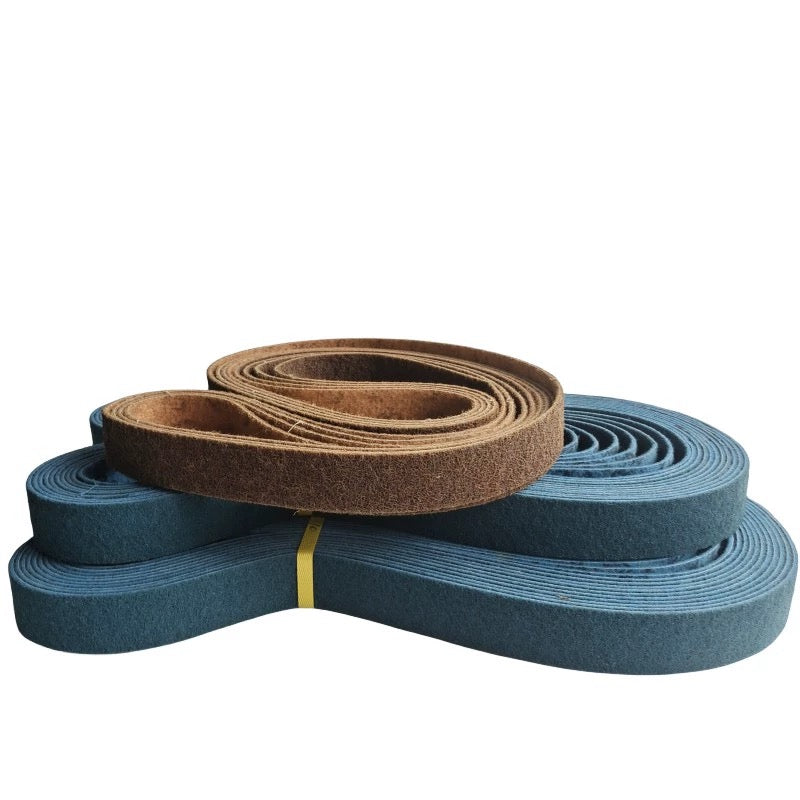
Nylon Belt
- Durability and flexibility: Nylon abrasive belts are highly durable and flexible, adapting to a variety of tool shapes.
- Grinding effect: Abrasive particles remove the blunt part of the blade, restore sharpness, and provide a uniform and continuous grinding effect.
- Self-sharpening: Abrasive particles are self-sharpening, continuously exposing the sharp surface, and extending the service life.
- Temperature control performance: The heat resistance of nylon materials reduces damage caused by overheating of the tool.
- Applicability: Suitable for sharpening tasks with high precision requirements.
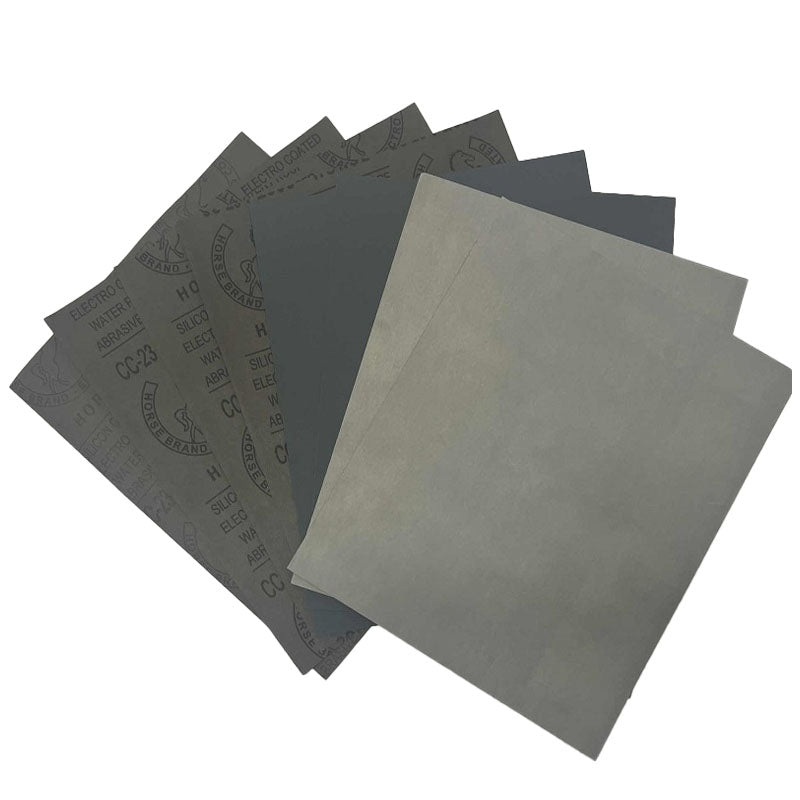
Sandpaper Sheet
The principle of sandpaper's effect on knife sharpening is mainly based on the grinding effect of the particles on its surface. When the sandpaper comes into contact with the surface of the tool, the particles on the sandpaper (such as aluminum oxide, silicon carbide, etc.) will grind away the tiny uneven parts, burrs or dull areas on the surface of the tool through friction, thereby restoring or improving the sharpness of the tool.
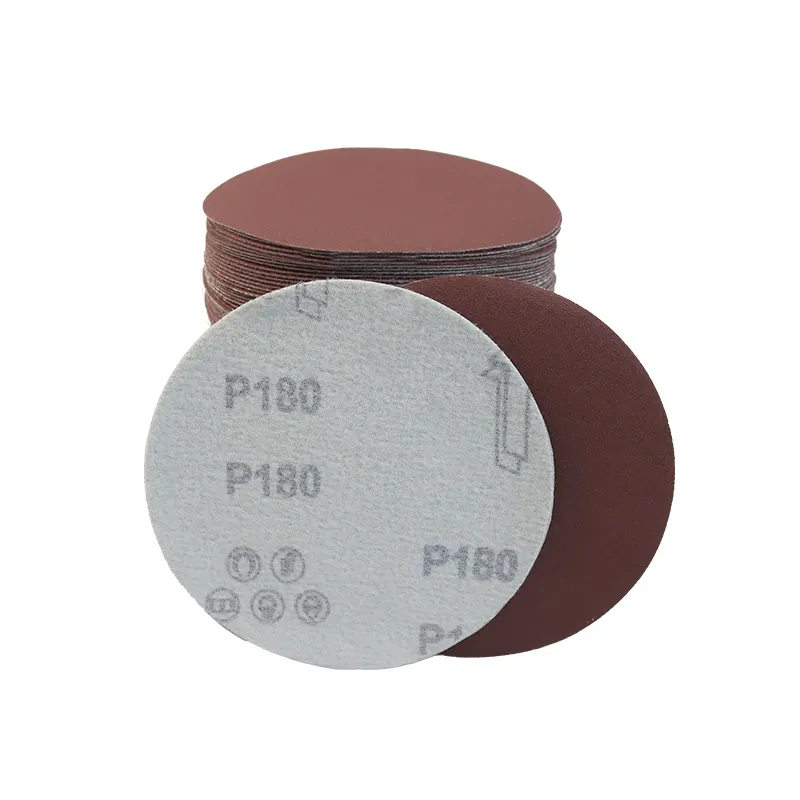
Sanding Disc
Grinding action: Hard abrasive particles remove the dull part of the tool surface and restore the sharpness.
Efficient material removal: The sanding disc rotates and applies continuous pressure to quickly remove the oxide layer, burrs and dull layer.
Uniform grinding: The abrasive particles are evenly distributed to ensure uniform grinding and maintain the shape of the blade.
Temperature control: Good heat dissipation reduces overheating and protects tool performance.
Adaptability: It can be customized according to the shape and requirements of the tool to improve the grinding quality.
Different types of abrasives that are commonly used for knife making
- Closed-coat aluminum oxide: Closed-coat aluminum oxide will work for metal blades and it’s a popular choice for its lower price point. However, aluminum oxide is one of the weakest grains on the market. It will take longer to sand metal and aluminum oxide products will need to be replaced the fastest.
- Zirconia: Zirconia is a great mid-tier option for blade sanding. It’s not as strong as ceramic, but it will sand faster than aluminum oxide and last longer as well. Zirconia costs more than aluminum oxide, but it can still save you money in the long run with its longer lifespan.
- Ceramic:Ceramic is a premium abrasive grain and one of the strongest grains available on the market. It will last longer than both zirconia and aluminum oxide. It also shreds through metal to save a tremendous amount of time sanding. Ceramic abrasives are hands-down the best option for sanding knife blades.
- Silicon Carbide:We wouldn’t recommend using silicon carbide for grinding or shaping blades. However, its heat-mitigating properties make it a great option for sharpening and final finish of blades. Many knifemakers will use silicon carbide discs and belts for knife sharpening.
